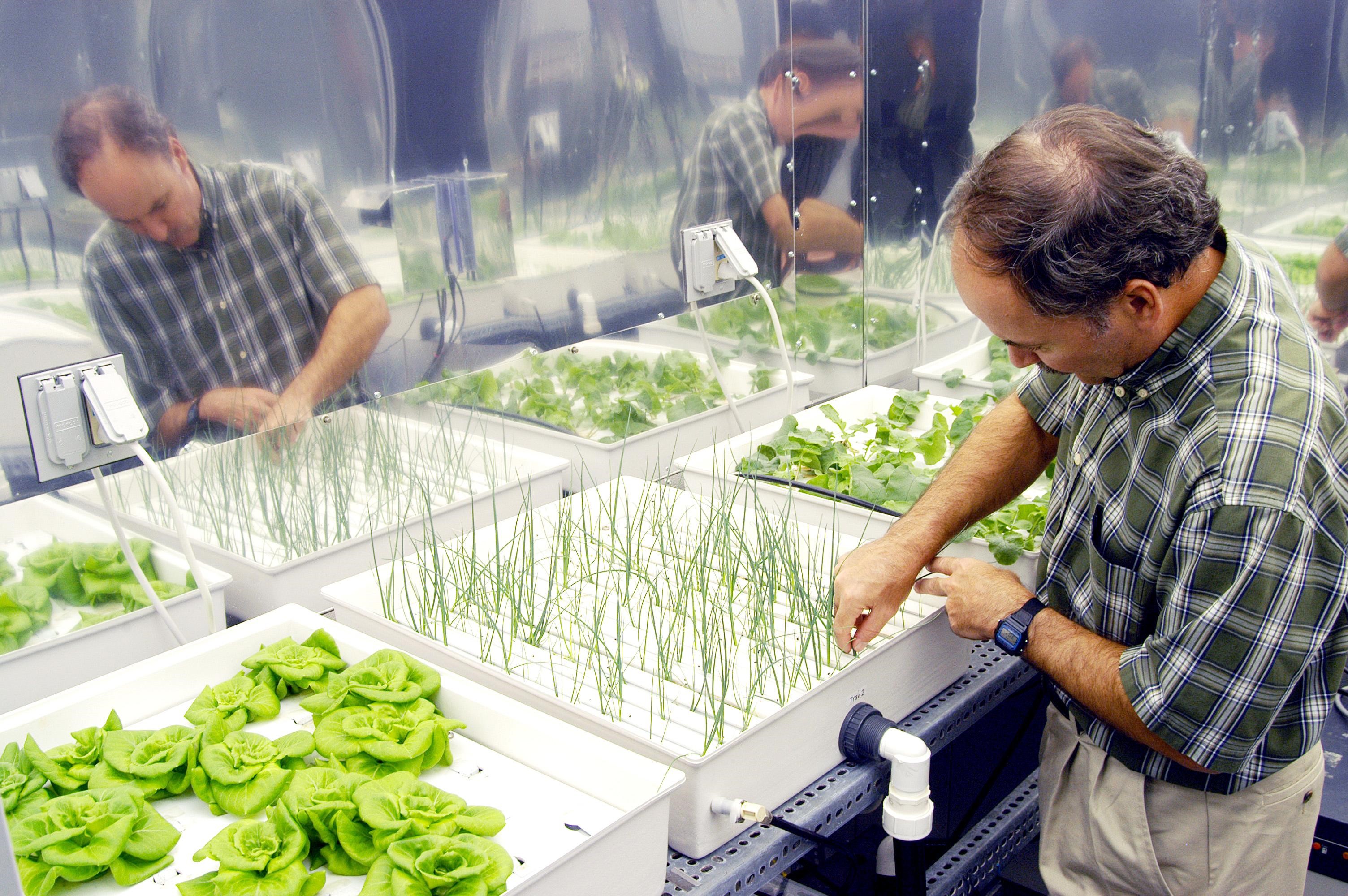Growing indoor cannabis 101
- Introduction to Cannabis Cultivation
- Understanding Hydroponics
- Seed Germination and Cloning
- Water Quality Management
- Optimizing Growth Environments
- Pest and Disease Management
- Harvesting and Curing
- Safety and Security Issues
- Business and Marketing Strategies
- Ethics and Responsibility
- Practical Applications & Case Studies
- Review and Self-Evaluation
- Final Project & Peer Review
Understanding Hydroponics
Advantages and Challenges of Hydroponics in Cannabis Cultivation

Agricultural technics for growing plants without soil using nutrients in water.
Hydroponics, a method of growing plants without soil, has gained significant popularity in the field of cannabis cultivation. This method offers numerous advantages over traditional soil-based cultivation, but it also presents its own unique set of challenges. This article will delve into the benefits and potential difficulties of using hydroponics in cannabis cultivation.
Advantages of Hydroponics
Faster Growth and Higher Yields
One of the most significant advantages of hydroponics is the potential for faster growth and higher yields. In a hydroponic system, nutrients are delivered directly to the plant's roots, allowing for more efficient nutrient uptake. This can result in faster growth rates and larger yields compared to soil-grown plants.
Greater Control Over Nutrients
Hydroponic systems offer growers greater control over the nutrients their plants receive. This allows for precise adjustments to the nutrient solution, ensuring that plants receive the optimal balance of nutrients at each stage of growth.
Reduced Risk of Soil-Borne Diseases
Hydroponic systems eliminate the need for soil, which can harbor harmful pathogens. This reduces the risk of soil-borne diseases, which can devastate a cannabis crop.
Challenges of Hydroponics
Despite its many advantages, hydroponic cultivation also presents some challenges.
System Failures
One potential issue is the risk of system failures. Hydroponic systems rely on electricity to pump nutrient solution to the plants. If the power goes out or a pump fails, the plants can quickly become nutrient-starved.
Nutrient Imbalances
While hydroponics allows for precise control over nutrients, it also requires a thorough understanding of plant nutrition. Nutrient imbalances can occur if the nutrient solution is not properly balanced, which can lead to nutrient deficiencies or toxicities.
Disease Management
While hydroponics reduces the risk of soil-borne diseases, it does not eliminate the risk of disease entirely. Diseases can still spread through the nutrient solution, and once a disease takes hold in a hydroponic system, it can be difficult to eradicate.
Cost Considerations
Setting up a hydroponic system can be more expensive than setting up a traditional soil-based grow. The cost of equipment, nutrients, and electricity can add up, making hydroponics a more costly method of cultivation.
Sustainability Aspects
Hydroponic systems can be more sustainable than traditional cultivation methods. They typically use less water, as the water in the system is recirculated. Additionally, because nutrients are delivered directly to the roots, less fertilizer is needed, reducing the risk of nutrient runoff.
In conclusion, while hydroponics offers many advantages for cannabis cultivation, it also presents unique challenges. Understanding these benefits and potential difficulties is crucial for anyone considering hydroponic cannabis cultivation.